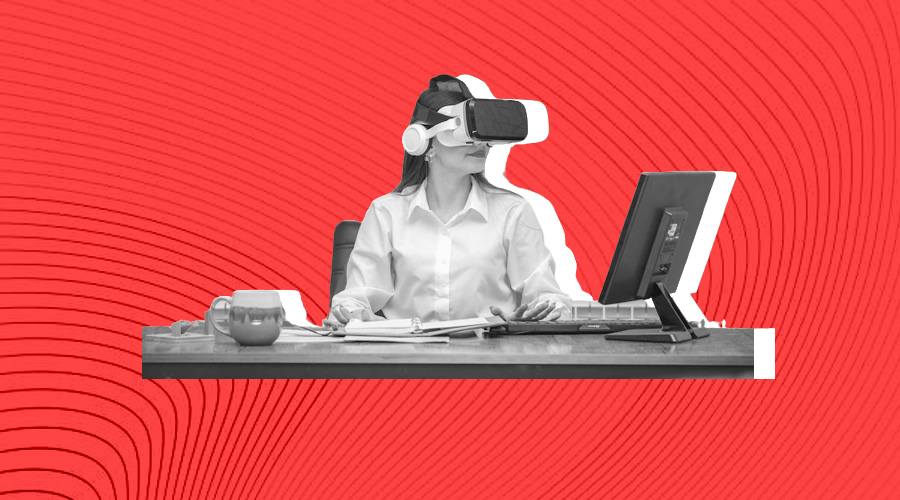Leveraging AR/VR Technology in SMEs, Accelerating Business Growth
Although AR and VR are often used in the same phrase, there are differences between both technologies. Augmented reality refers to the projection of virtual information to enhance the viewer’s native environment. On the other hand, virtual reality is used to refer to technology that transposes a viewer into an entirely simulated environment altogether. Regardless, augmented reality and virtual reality both centers around creating an immersive digital experience for the user. They bring real, measurable benefits to companies looking for ways how to accelerate business growth, as well as other key metrics like conversion rates, retention rates, and profit margins.
The most straightforward application of AR/VR would be to use them as part of marketing strategies. Social media platforms like Facebook already have in place the ability to publish augmented reality ads. Additionally, these immersive experiences help boost brand awareness, visually differentiate a business from competitors and make engaging with customers a possibility in the age of social distancing. Google is also rolling out a “view in 3D” mobile search result feature for e-commerce platforms. Provided your product is optimized to rank high enough on search engine result pages, this will allow consumers to use augmented reality to view your product as if it were right before their very eyes.
The use of augmented and virtual reality technologies allows businesses to not only connect with tech-minded job candidates but also attract talent from a rising pool of working millennials–many of whom may find themselves more at home in digital settings. Using VR or AR as part of the hiring process allows companies to put complex, and otherwise unobservable concepts in plain sight. For example, a healthcare tech company may want to simulate the way their revolutionary technology works in the human body.
If the job requires employees to be based in a vastly different environment, immersive technology can also provide candidates with “first-person” insight into the setting of their possible workplace and living environment. This streamlines the hiring process and helps the candidate to manage their expectations and gain a greater understanding of their job scope and suitability for the position.
Although AR/VR is presently most well known as a customer engagement tool, these technologies can also be used to enhance the workplace experience and boost employee engagement. As an employee initiation tool, virtual and augmented reality can be used to simulate on-site scenarios to allow employees to learn new skills without logistical or locational difficulties, or real-time pressure from customers or managers. The use of AR/VR for employee training becomes even more attractive with jobs that pose certain risks, allowing new employees to practice their tasks without fear of harm or injury. Additionally, AR can also be used to subsidize training costs. While an initial investment in specialized gear is often necessary, things like AR/VR headsets or even mobile apps are reusable and will offset the costs needed for guided lessons or training seminars.
Share This Article
Do the sharing thingy
About Author
More info about author








Gloss